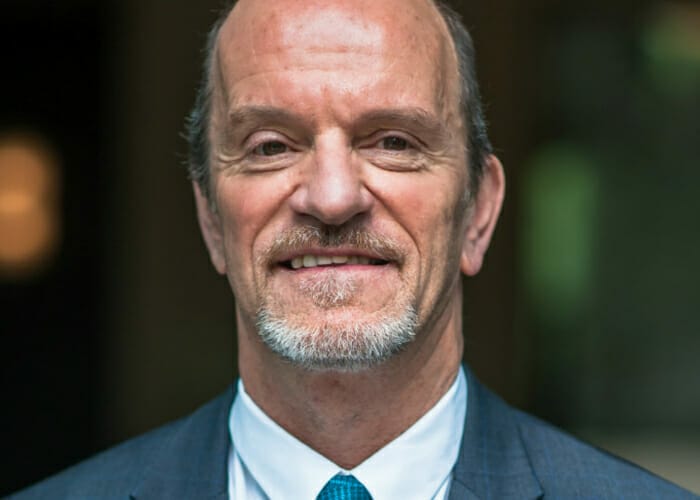The true value story of people is rarely told well in corporate disclosures. For asset owners, improved human capital disclosure should promote efficient capital allocation that maximises value through this time of technological disruption.
The disruptive effects of technological change on corporations occupy much space in the business press, and for good reason. Investment markets have witnessed value destruction in companies and sectors exposed to disruption over the last 15 years, and there is much more to come, with rapid advances in automation, big data, machine learning, and artificial intelligence. Some commentators say these forces are combining to create a fourth industrial revolution, with profound implications for businesses. Few companies or industries will escape, as new business models compete with incumbents, creating new risks and opportunities.
Market understanding of these forces remains patchy, however, making for a challenging landscape for long-term investors. How people are managed and organised strategically in corporations to protect existing products and expand new markets represents an information gap, therefore, and filling it can shed light on a company’s future prospects. After all, acquisition of digital and technical capabilities is only one response to disruption; full organisational responses will be required to, for example, engender greater workplace agility and flexibility.
The ways in which knowledge, skills and abilities are organised to achieve corporate objectives – strategic human capital management – are an increasing determinant of corporate market value. We hear company representatives claim that ‘people are our most important asset’ so often it has become clichéd. Yet the reality is that for the majority of companies today, a significant portion of company value is deeply connected to their people, through intangible value. This under-recognised proportion of corporate value has grown with the decline of manufacturing in Organisation for Economic Co-operation and Development economies and the increased representation of service-oriented businesses, technology and finance.
Without a fulsome picture of the value of people communicated to the market, company valuations are probably misinformed. This affects the entire investment chain, including asset owners.
To date, disclosure in this area has not kept pace with the changing business landscape. For asset owners, improved human capital disclosure should promote more efficient capital allocation that maximises value through this time of disruptive change.
Disclosure becomes more important
Where business models are highly vulnerable to disruption, it follows that investors need information beyond that available in financial accounts to inform investment decisions. In the Australian market, for example, one of the country’s largest banks divulged that it would comprehensively restructure its work organisation by removing hierarchies and bureaucracy – adopting organisational structures akin to those in fast-moving tech companies – as a direct response to disruption risk.
Reorganisation of work on this level is directed at increasing the responsiveness of the organisation to business threats, identifying opportunities in new markets, products or services, and reducing the time required to bring new products and services to market – or all of these.
Greater attention to strategic human capital disclosure aligns to investor-driven demand for greater qualitative reporting and integrated reporting formats, which seek to provide greater visibility on corporate prospects and outlook. In Australia, for example, changes to the Corporations Act in 2013 expanded reporting to include an operating and financial review (OFR) for such disclosures. Additions to statutory reporting and listing requirements reflect similar trends, the furthest advanced being the Strategic Reports in the UK and integrated reporting expectations for companies listed on the Johannesburg Securities Exchange.
Use existing frameworks
We believe an effective way to address the information gap further is for companies to disclose under the OFR and similar reporting requirements, as they provide an existing structure for enhanced disclosure of strategic human capital. Indeed, we believe where human capital reporting is absent and strategic human capital risks are material, companies may not be fully meeting their disclosure requirements.
While the volume of human capital reporting has increased over the last decade, primarily in environmental, social and governance reporting, the quality of reporting is little progressed when viewed through a financial materiality lens. Therefore, we believe pension funds and other asset owners should support greater disclosure on strategic human capital management to address this gap, the importance of which will continue to escalate as the fourth industrial revolution takes hold.
Regnan’s paper on strategic human capital disclosure can be accessed here.
Doug Holmes is head of research at Regnan’s. Regnan supports institutional investors in employing active ownership strategies that account for all the risks and opportunities relevant to value creation over the short, medium and long term.



